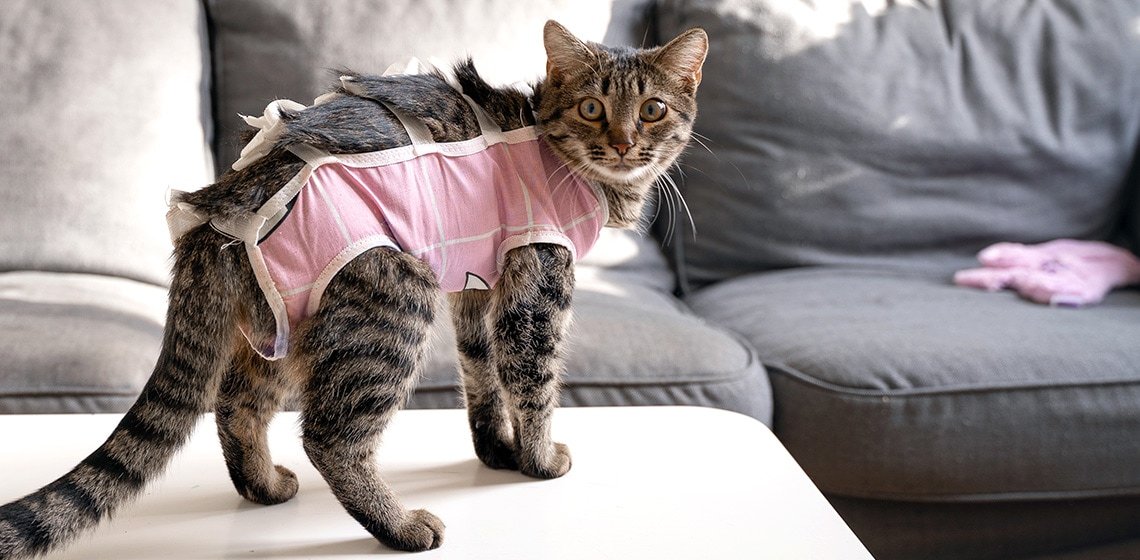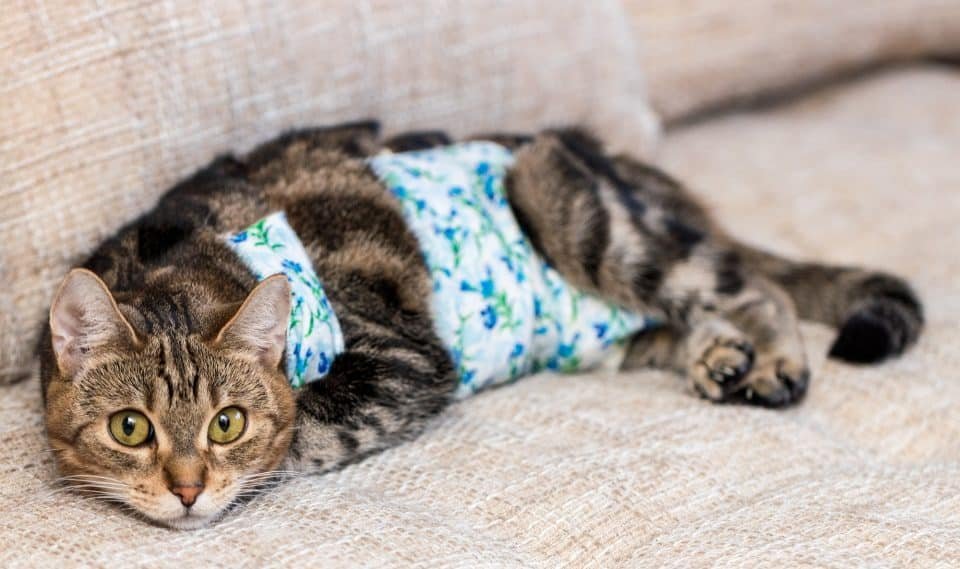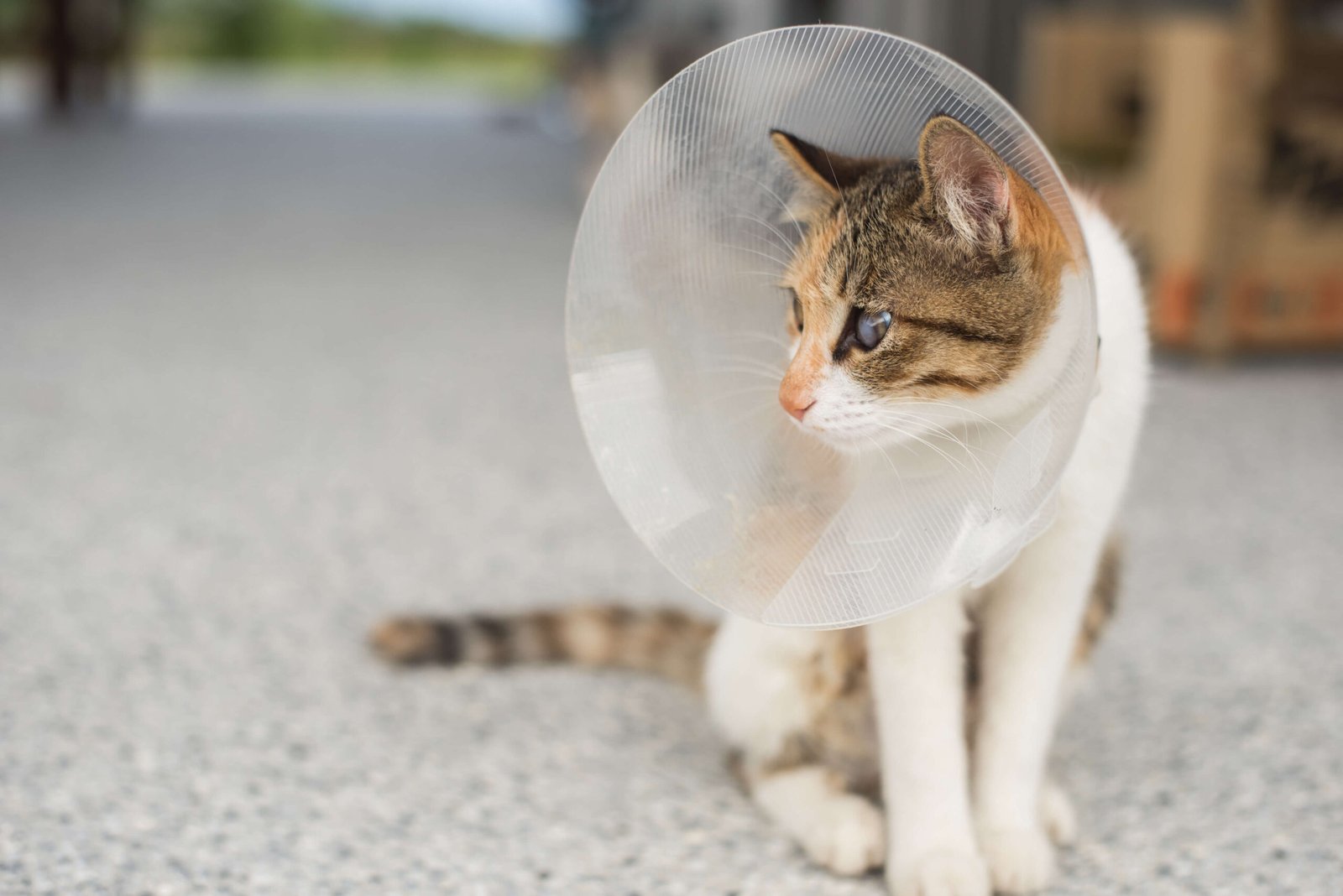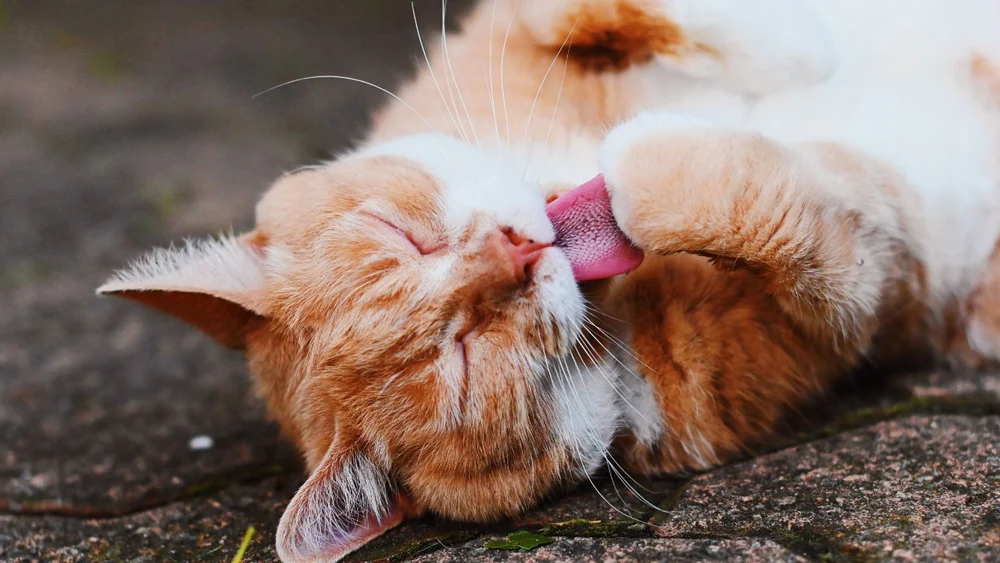Spaying your female cat is an important decision that comes with many benefits. By spaying, you not only prevent unwanted litters but also help your cat lead a healthier life. This article will guide you through the best practices for spaying your female cat, ensuring you make informed decisions for your beloved pet.
1. Understand the Benefits of Spaying
The first step in the process of spaying your female cat is to understand its benefits. Spaying can reduce the risk of certain cancers, such as ovarian and uterine cancer. Additionally, it can help prevent behavioral issues related to heat cycles, like yowling and increased aggression. Understanding these advantages will help you appreciate the importance of this procedure for your cat’s health and well-being.

2. Choose the Right Time for Spaying
Timing is crucial when spaying your female cat. Most veterinarians recommend spaying cats around six months of age, but this can vary. Some shelters perform the procedure as early as eight weeks. Discuss the best timing with your veterinarian, who can advise you based on your cat’s age and health. Spaying before the first heat cycle can also reduce health risks significantly.
3. Select a Qualified Veterinarian
Choosing a qualified veterinarian is essential when planning to spay your female cat. Look for a vet with experience in feline surgery and a good reputation in your community. Ask for recommendations from friends or family, or check online reviews. A skilled veterinarian will ensure the procedure is safe and that your cat receives proper care before, during, and after the surgery.
4. Prepare for the Surgery
Preparing your cat for the surgery is a vital part of the spaying process. Your veterinarian will provide specific instructions, including whether to fast your cat before the operation. Generally, it is recommended to withhold food for 12 hours prior to surgery. Make sure your cat is comfortable and calm in a safe environment leading up to the day of the procedure.
5. Understand the Anesthesia Process
Spaying your female cat involves anesthesia, which can be a concern for some pet owners. It’s essential to understand that modern veterinary practices use safe anesthetics, and your cat will be closely monitored during the procedure. Discuss any concerns you may have with your vet, who can explain the anesthesia process and how they ensure your cat’s safety throughout the surgery.
6. Follow Post-Surgery Care Instructions
After spaying your female cat, following your veterinarian’s post-surgery care instructions is crucial. Your cat may be groggy or disoriented from the anesthesia, so provide a quiet and comfortable space for recovery. Limit her activity for at least a week to allow proper healing. Monitor the incision site for any signs of infection, such as redness, swelling, or discharge. If you notice anything unusual, contact your veterinarian immediately.
7. Manage Your Cat’s Pain
Your veterinarian will likely prescribe pain medication for your cat after the surgery. It’s essential to administer this medication as directed to keep your cat comfortable. Pain management helps with recovery and ensures your cat doesn’t experience unnecessary discomfort during the healing process.
8. Schedule a Follow-Up Appointment
A follow-up appointment is often necessary after spaying your female cat. This check-up allows your veterinarian to assess your cat’s recovery and remove stitches if needed. Schedule this appointment within a week or two post-surgery, as your vet recommends. Regular check-ups are vital for monitoring your cat’s health after surgery.
9. Keep Your Cat Indoors After Surgery
After spaying your female cat, it’s important to keep her indoors for at least two weeks. This prevents her from jumping or engaging in rough play, which can disrupt the healing process. Keeping her indoors also protects her from potential injuries and helps her adjust to the changes her body is experiencing after the surgery.
10. Educate Yourself and Others
Finally, educating yourself and others about the benefits of spaying is a great way to promote responsible pet ownership. Share your experiences with friends and family who have cats. Encourage them to spay their pets to help control the feline population and improve the overall health of cats in your community.
Conclusion
In conclusion, spaying your female cat is a responsible choice that offers numerous health benefits. By understanding the importance of the procedure and following these best practices, you can ensure a safe and positive experience for your feline friend. Remember, proper care before and after the surgery is vital for a smooth recovery, so stay informed and proactive about your cat’s health.




